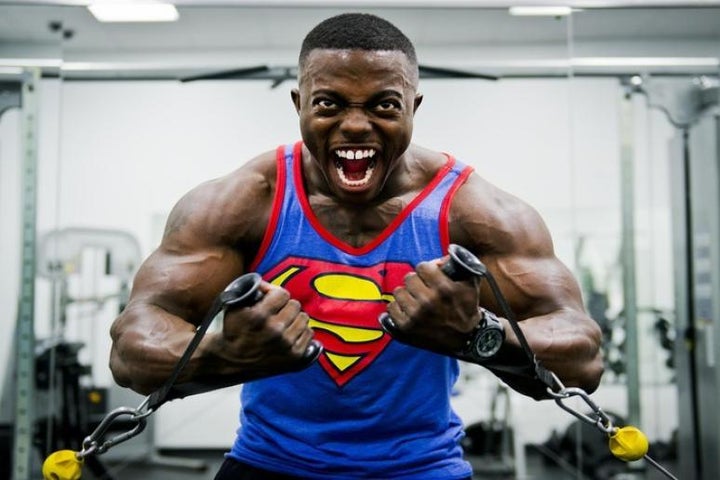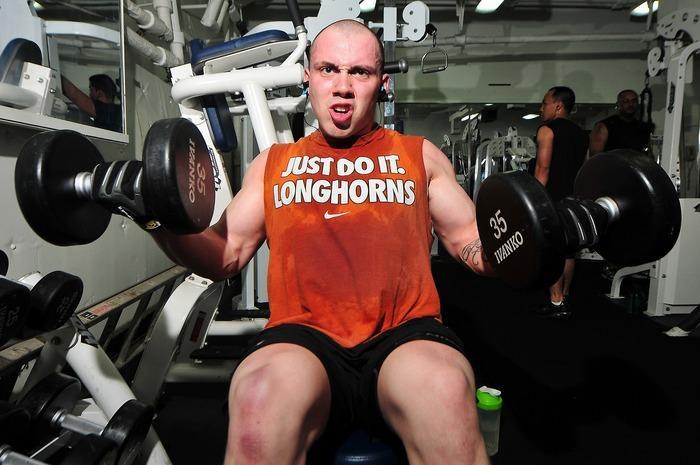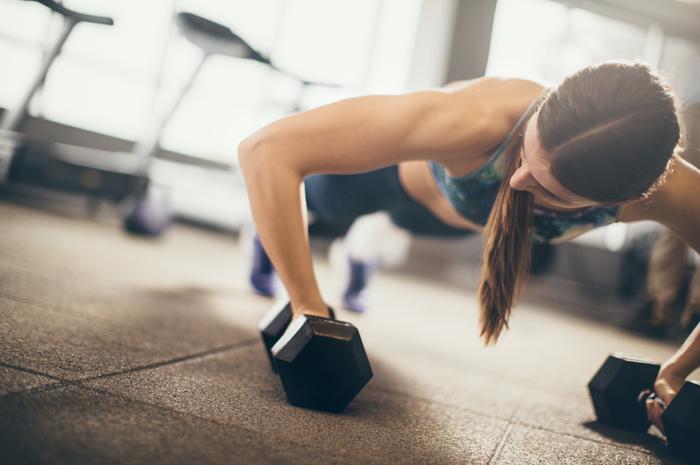
No one is perfect, and no successful athlete has ever gotten to his or her elite level without a few bumps along the way. The one thing that puts seasoned trainers and gym-goers under the same denominator with beginners is mistakes. Everybody makes them; and some are more common than others, no matter how many years of experience you have.
Even the professionals can make errors when trying to build muscle and strength,” Jeff Yellin DPT,CSCS, USA-W, ART, Partner and Regional Clinical Director at Professional Physical Therapy, says. “The key to success in the gym is variability and consistency.” Mistakes are part of a learning curve.
“It is important when first starting out to establish realistic goals and start slow,” Yellin says. This is hard to do as you are eager to make progress at the beginning, but it’s crucial. “Over time, after building a solid foundation of strength and exercise tolerance, you can then increase the intensities of your workout,” he adds.
You must realize that seasoned athletes did not start out with powerful workouts, but rather built up to them after years and years of conditioning their bodies with increasingly demanding workouts, building their strength with increasing resistances, and perfecting their craft and skill set, Yellin says. So be patient and trust your plan.
Otherwise, injuries abound. Some of the more common ones that athletes and gym-goers experience are overuse injuries such as muscle strains or tendonitis. “These can occur from either a traumatic event, such as trying to lift too heavy of a weight, or from repetitive stress such as lifting a weight too frequently without adequate rest and recovery”
It is important to understand that gaining strength does not occur in the gym, but rather outside of it. “When lifting weights in the gym, you are actually causing microtears to the tissue and weakening the muscle,” Yellin says. “After your workout is over, the recovery process begins, as the muscles are then rebuilt thicker and stronger with increased efficiency.” Don’t make the mistake of not allowing yourself enough rest time for the muscle to repair itself and adapt. “Your risk of injury goes up, and your potential for gains goes down,” Yellin says.

Too much cardio in too little time
“Too much of any particular type of exercise in too short of time, especially without adequate prior strength and endurance, can always increase one’s risk of injury,” Jeff Yellin DPT,CSCS, USA-W, ART, Partner and Regional Clinical Director at Professional Physical Therapy, says. “With professional athletes, it might seem as though their workouts are what got them to the highest level and thus a good strategy might seem to be to copy what they are doing,” he adds. Do yourself a favor and don’t.

Many reps with heavy weights
Anytime someone uses heavy weights to exercise, the risk of injury is higher, Yellin says. Lifting heavy weights is one of the best ways to build pure strength and increase muscular size, he adds, but the keys to making sure the heavy weights do not result in injuries are: Make sure you have a solid foundation of strength prior to increasing to heavier weights; ensure your form does not break down when lifting the heavy weights; and provide yourself with adequate rest and nutrition between workouts. “Lifting heavy weights too frequently with improper form is a sure fire way to end up at the doctor’s office,” Yellin says.

Not eating enough carbs
”Carbohydrates are an athlete’s main source of energy for workouts and sports activity,” Yellin says. Although there may be times throughout the year when carbohydrate intake levels can be manipulated in order to alter body composition during an off-season, it is imperative that athletes eat enough carbs during their sport season to perform optimally, he adds. “If not, [they] risk higher rates of injury and poor performance due to altered mechanics and timing sequencing from quicker muscular fatigue.”

Compare to other pros
Even people who have established regular exercising and training habits watch the pros and expect to be able to either achieve their same level of performance or perform at a similar intensity as the pros’ workouts. “Their mistake is frequently made of expecting the same results in a short amount of time, or at all,” Yellin says. “Too often, they do not take the time to establish a solid foundation of strength prior to engaging in their types of intense workouts as the pros did for many years beforehand.”

Quick moves
Slow, controlled movements while lifting weights is a great method for working the muscles and minimizing injury and stress on the tendons and joints, Yellin says. But look around the gym and you’ll see that even the regulars move too quickly. The slow pace helps build a solid foundation of strength and conditioning, and helps teach the correct form when working out so injuries are avoided.